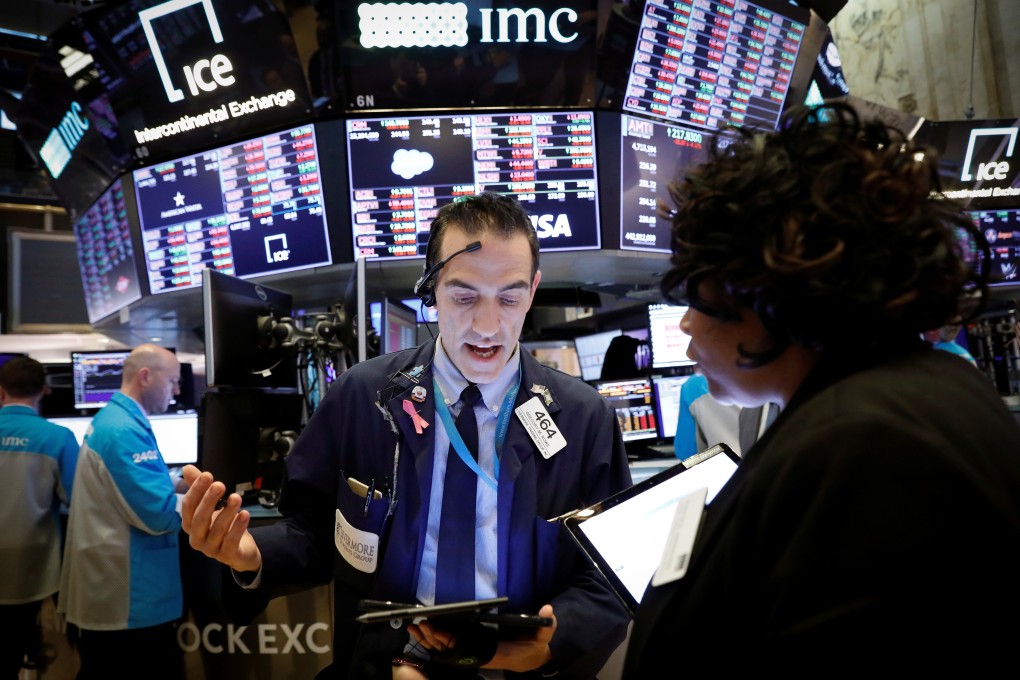Dow’s worst day since 1987 as Fed’s US$1.5 trillion injection plan fails to counter sour reaction to Donald Trump’s coronavirus strategy
- Dow plunges 10 per cent in the worst day since 1987 despite Fed’s US$1.5 trillion injection plan
- US president suspends travel from Europe to America – Britain is one exception – to contain the coronavirus

The Dow Jones Industrial Average dropped nearly 10 per cent – its worst percentage drop since 1987 – as Federal Reserve’s US$1.5 trillion injection plan failed to counter the sour reaction to US President Donald Trump’s lack of coronavirus strategy.
The S&P 500 and the Nasdaq both closed down more than 9 per cent.
US stocks resumed its downward path after the index of 30 blue-chip stocks surged nearly 1,500 points midday following the New York Fed announced a major asset purchase programme aimed at ending the market turmoil.
The Fed said it would inject the US$1.5 trillion in temporary liquidity into Wall Street on Thursday and Friday.

The programme will offer three additional sale and repurchase agreements, or repos, with two separate US$500 billion offerings that are to last for three months each and a third that will mature in one month.
“These changes are being made to address highly unusual disruptions in Treasury financing markets associated with the coronavirus outbreak,” the Federal Reserve Bank of New York said in a statement on Thursday.